Model stages
Introduction to MLflow

Weston Bassler
Senior MLOps Engineer
Software envrironments
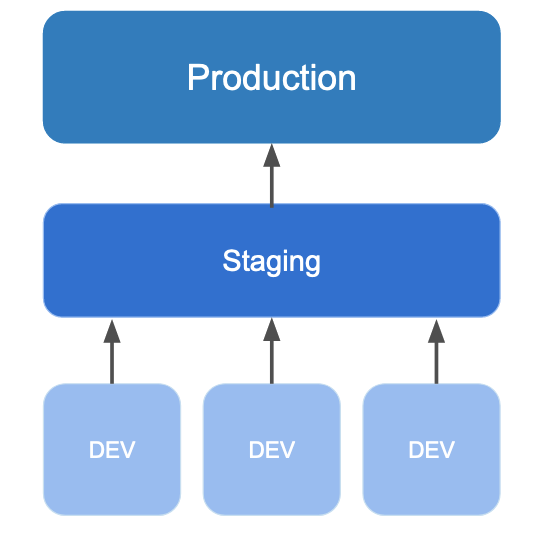
MLflow model stages
- Assigned to model versions
Predefined stages:
- None
- Staging
- Production
- Archived
One single stage at a time
Predefined stages
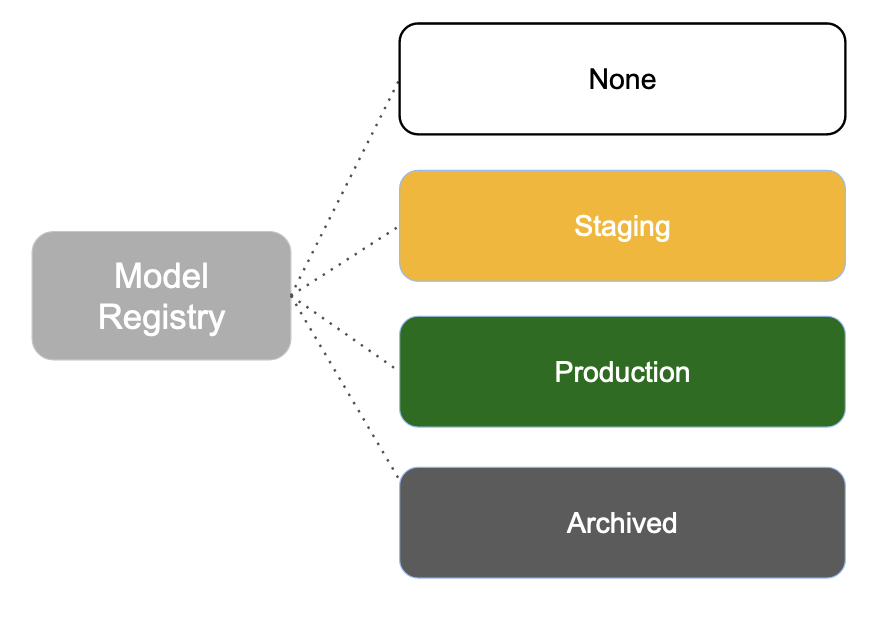
None
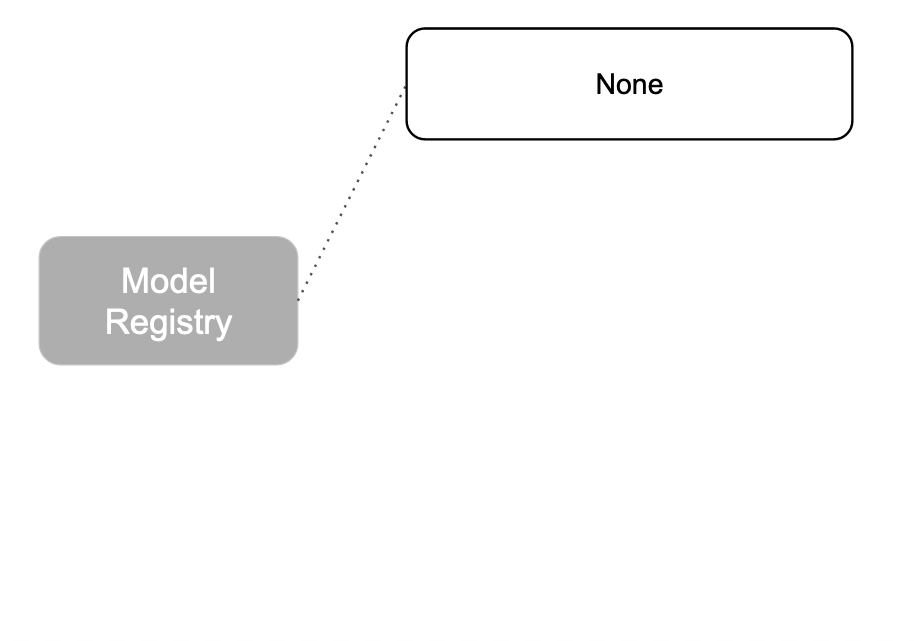
Staging
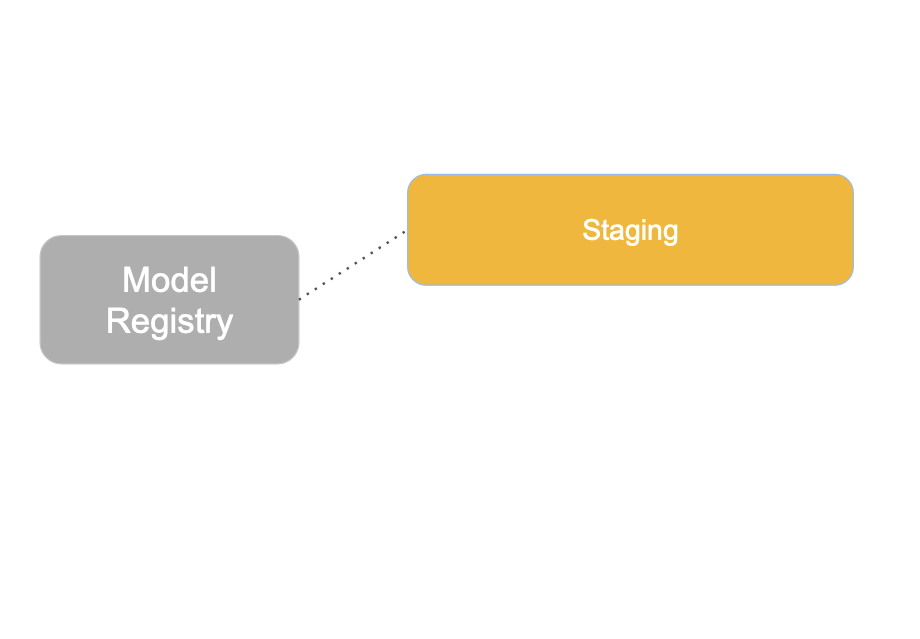
Production
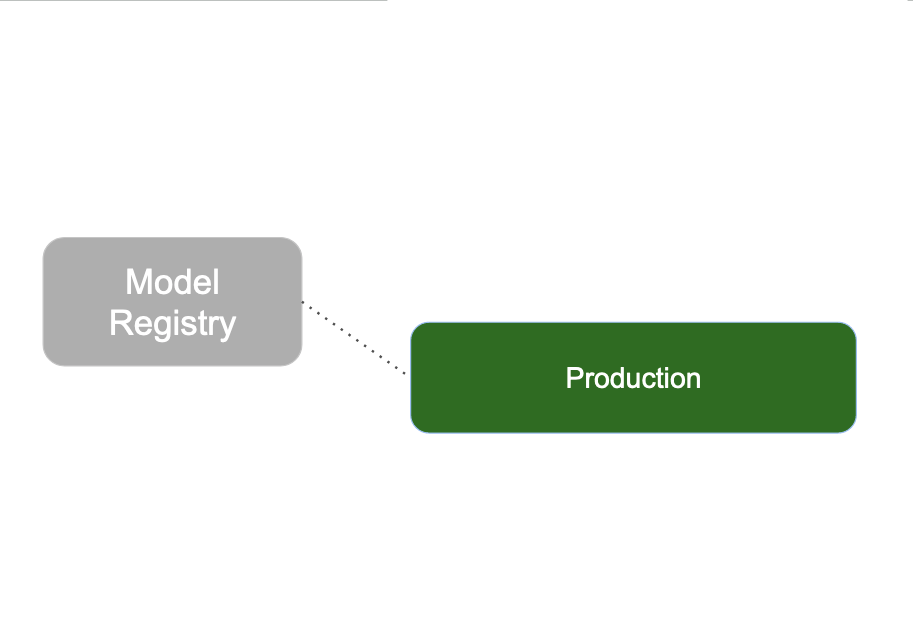
Archived
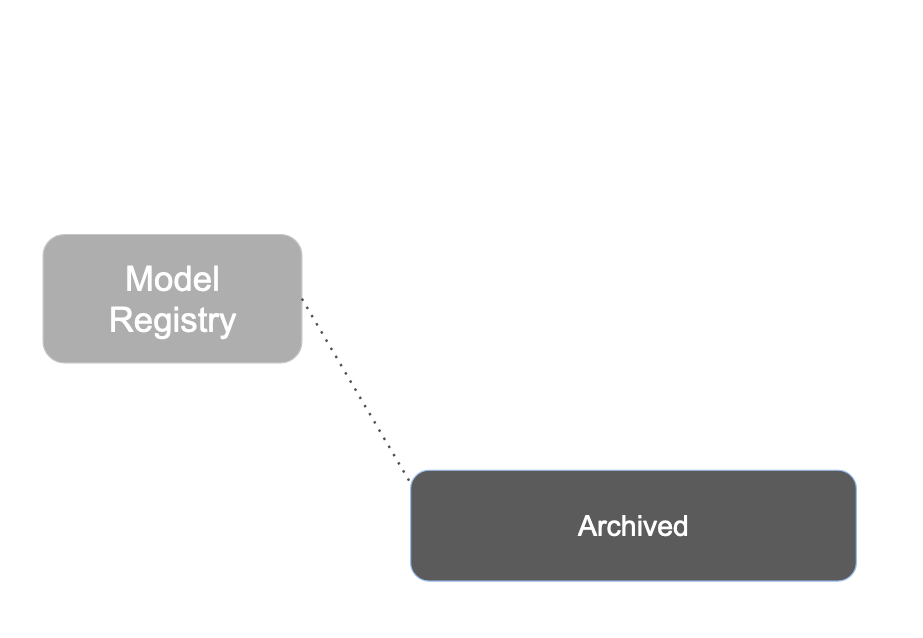
Transitioning models
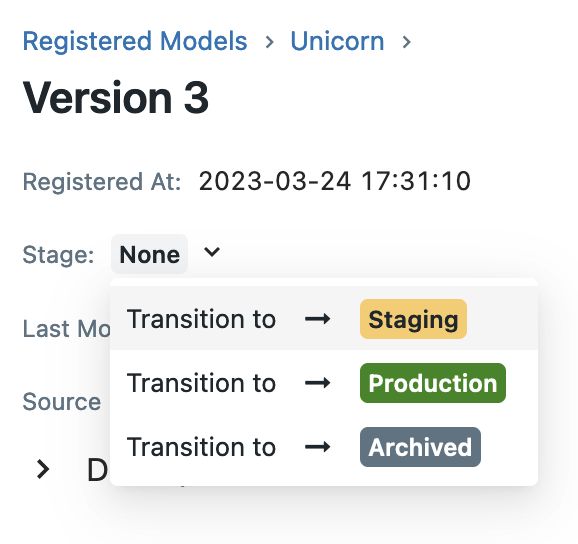
# Import MLFlow Client from mlflow import MlflowClient client = MlflowClient()# Transition to Staging client.transition_model_version_stage( name="Unicorn", version=3, stage="Staging" )
Transition model version staging
# Transition to Staging
client.transition_model_version_stage(name="Unicorn", version=3, stage="Staging")
<ModelVersion: creation_timestamp=1679693470034, current_stage='Staging',
description=None, last_updated_timestamp=1679699050734, name='Unicorn',
run_id='a1454f2865e449f8835f38f71e53e547', run_link=None,
source='./mlruns/1/a1454f2865e449f8835f38f71e53e547/artifacts/model',
status='READY', status_message=None, tags={}, user_id=None, version=3>
Registry UI
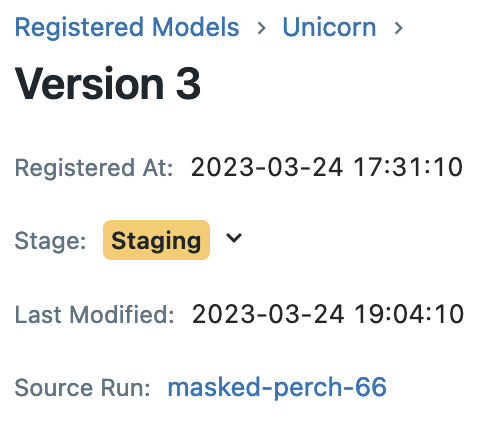
Transitioning to production
# Transition to Production
client.transition_model_version_stage(name="Unicorn", version=3,
stage="Production")
<ModelVersion: creation_timestamp=1679693470034, current_stage='Production',
description=None, last_updated_timestamp=1679699633297, name='Unicorn',
run_id='a1454f2865e449f8835f38f71e53e547', run_link=None,
source='./mlruns/1/a1454f2865e449f8835f38f71e53e547/artifacts/model',
status='READY', status_message=None, tags={}, user_id=None, version=3>
Let's practice!
Introduction to MLflow

